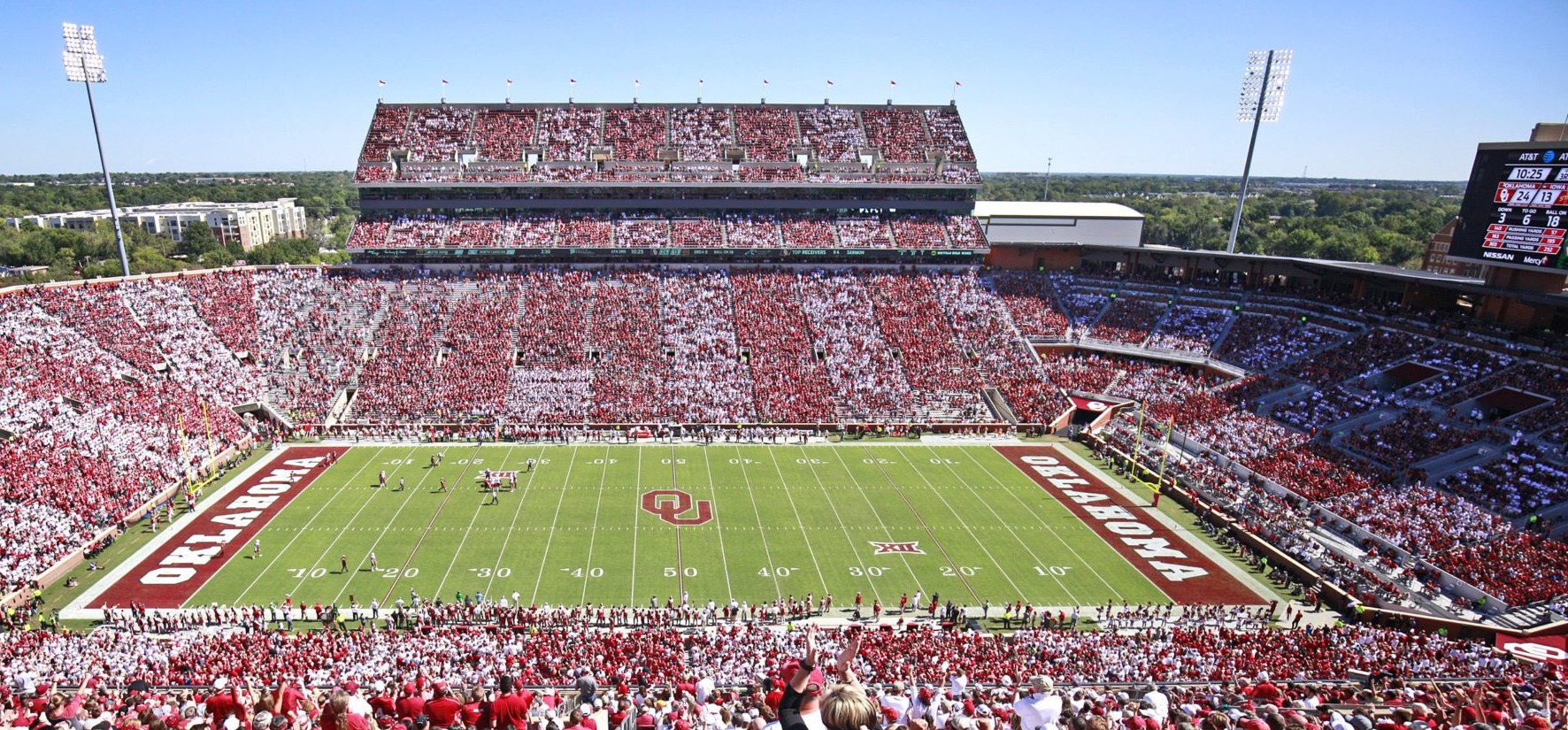The Gaylord family place – Oklahoma Memorial Stadium that was not covered by Crimson was a $ 10 supplement that could have been for the Oklahoma football program. Generally, phones that the new combination of carborn that they have made their debut the skill of the traditional party was a failure, in especially of participation. Or announced that participation was 16.316, but is likely to worry generous given how much people looked.
Turnout for the Crimson Combine was notably low compared to the Sooners’ previous spring games.
In line with a growing trend in college football, the Sooners opted to forego their traditional spring game due to concerns over player injuries and the potential risk of roster poaching with the upcoming spring transfer portal opening on Wednesday. But what might be the repercussions of this decision? With such disappointing attendance, one must ponder whether skipping the spring game may have cost the Sooners more than hosting it ever could.
Tickets for the Crimson Combine were priced at $10. Even if we consider OU’s optimistic attendance figure of 16,316, that could theoretically generate $163,160, not accounting for expenses. Clearly, that total won’t all end up benefiting the Sooners directly. And even if it did, that sum would barely cover the cost of a reliable backup for a college football program today.
Since Brent Venables assumed the helm of the OU football program prior to the 2022 season, attendance at the last three spring games has been robust: 45,861; 54,409; and a record high of 75,360 in 2022, averaging around 53,543. This year, skipping the spring game left Sooner Nation yearning for its fix of spring football.
This year, the anticipated spring game promised to unveil a fresh chapter in the Sooners’ saga, showcasing a revamped offense helmed by offensive coordinator Ben Arbuckle and featuring the new quarterback, John Mateer. It’s reasonable to think this spectacle would have attracted at least a typical crowd for a spring event.
If OU had maintained the $10 ticket price from the Crimson Combine, similar to last year’s spring game, the turnout of 53,543 fans could have brought in a whopping $535,430—an impressive leap of $372,270. That’s more than double the revenue, reflecting a staggering 228.163% increase. And let’s not forget the additional earnings from snacks and refreshments.
However, the reality is that the Sooners will inevitably see some talent depart to the transfer portal in the coming days, regardless of the spring game’s outcome. Such shifts happen whether or not the game takes place; just look at Tennessee, which hosted a spring event yet still lost quarterback Nico Iamaleava the very morning before the kickoff.
In an era where finances play a pivotal role in college football, the absence of a spring game meant missed opportunities for revenue. This loss of income is vital for compensating the talent a program will inevitably lose, regardless of the existence of a spring game. The lifeblood of these programs—the funds necessary for their operations—largely derives from the loyalty of fans and generous boosters. Unfortunately, it’s these supporters who suffer the most from a disappointing substitute for the spring football event. As colleges alienate their fanbase, they risk draining away their most precious asset.
